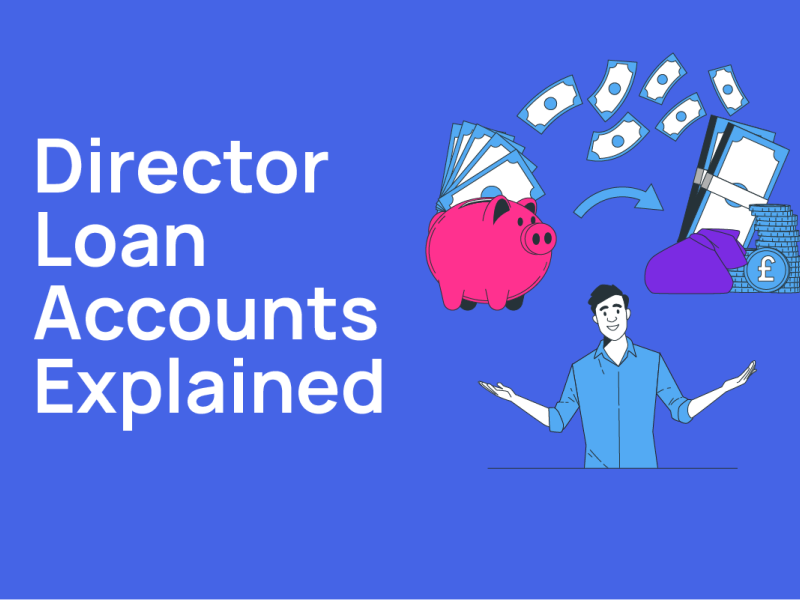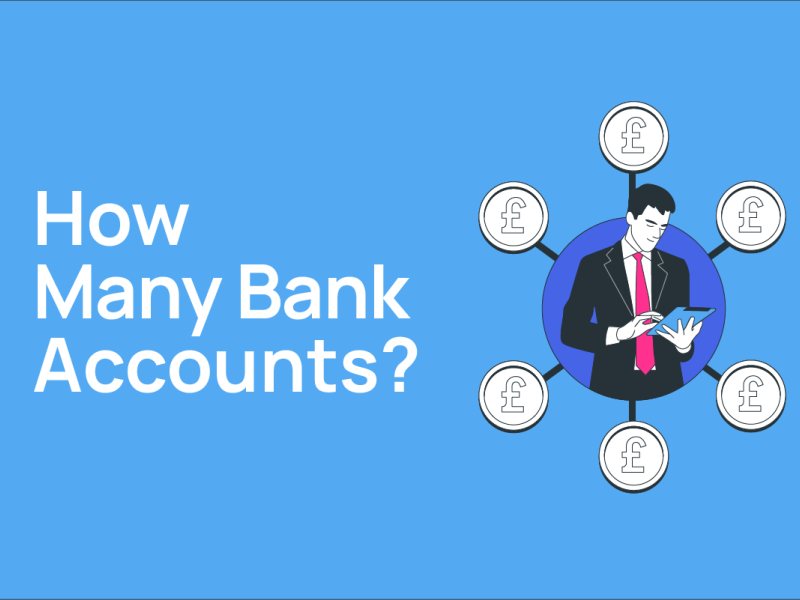Employer NI Changes for 2025-26 Tax Year
-
Richard Jackson - 18/03/2025

Employer NI Costs Are Rising in 2025/26
With the 2025/26 tax year approaching, businesses need to prepare for key changes that will impact payroll costs. Increases in the National Minimum Wage, a higher Employers' National Insurance (NI) rate, and a lower NI threshold mean that many businesses will see a rise in employment costs.
Here’s a breakdown of the key changes and what they could mean for your business.
National Minimum & Living Wage Increases
From 6 April 2025, the National Minimum Wage and National Living Wage will rise as follows:
|
Category of Worker |
2024/25 |
2025/26 |
Increase |
|
Aged 21+ (National Living Wage) |
£11.44 |
£12.21 |
6.7% |
|
Aged 18-20 |
£8.60 |
£10.00 |
16.3% |
|
Aged under 18 / Apprentices |
£6.40 |
£7.55 |
18% |
These increases reflect the government’s ongoing commitment to raising wages, particularly for younger workers.
Employers' National Insurance: Higher Costs Ahead
Lower NI Threshold Means More Taxable Earnings
From 6 April 2025, the threshold at which employers start paying National Insurance will drop:
|
Tax Year |
Weekly |
Monthly |
Annual |
|
2024/25 |
£175 |
£758 |
£9,100 |
|
2025/26 |
£96 |
£417 |
£5,000 |
This means more of your payroll will be subject to NI contributions.
Employers' NI Rate Rising to 15%
The Employers’ NI rate is also increasing from 13.8% to 15%, adding further costs to businesses.
4 Costly Mistakes Business
Owners Make with Dividends
Imagine paying dividends for years, thinking you're doing everything right. But then, one day, you discover you've made a costly mistake that could ruin your business. A mistake that could have been avoided.
Don't let this happen to you. Learn the 4 common dividend errors that can destroy your business - and how to prevent them.

Employment Allowance: A Boost for SMEs
To help offset rising payroll costs, the Employment Allowance is increasing from £5,000 to £10,000 in 2025/26. This allows eligible businesses to reduce their total Employers' NI liability by up to £10,000 per year.
📌 If you’re a payroll client of ours, we will automatically claim this for you via your payroll.
Real-World Impact: How Much Will This Cost You?
Let’s take a typical 19-year-old employee, Fred, working 37.5 hours per week, and see how much his employment costs will increase in 2025/26.
In 2024/25:
- Fred’s hourly wage: £8.60
- Annual salary: £16,770
- Employers’ NI contribution: £0 (below U21 threshold)
✅ Total employer cost: £16,770
In 2025/26:
- Fred’s hourly wage: £10.00
- Annual salary: £19,500
- Employers’ NI contribution: £0 (below U21 threshold)
🚨 Total employer cost: £19,500
📌 Increase in cost: +£2,730 per employee
For businesses with multiple employees, these increases can add up quickly.
Plan Ahead & Reduce Your Costs
With employment costs rising, now is the time to review your payroll strategy. Here’s what you can do:
✔️ Check your eligibility for the Employment Allowance – it could save you up to £10,000 on NI.
✔️ Consider pay structures – could bonuses or salary sacrifice schemes help manage costs?
✔️ Plan your hiring budget – review your workforce expenses ahead of April 2025.
📩 Need help navigating these changes? Get in touch with us today for tailored payroll advice and tax planning strategies to keep your business running smoothly. Book a FREE Consultation Today
Download our Free Guide
4 Costly Mistakes Business Owners Make with Dividends
Imagine paying dividends for years, thinking you're doing everything right. But then, one day, you discover you've made a costly mistake that could ruin your business. A mistake that could have been avoided.
Don't let this happen to you. Learn the 4 common dividend errors that can destroy your business - and how to prevent them.



